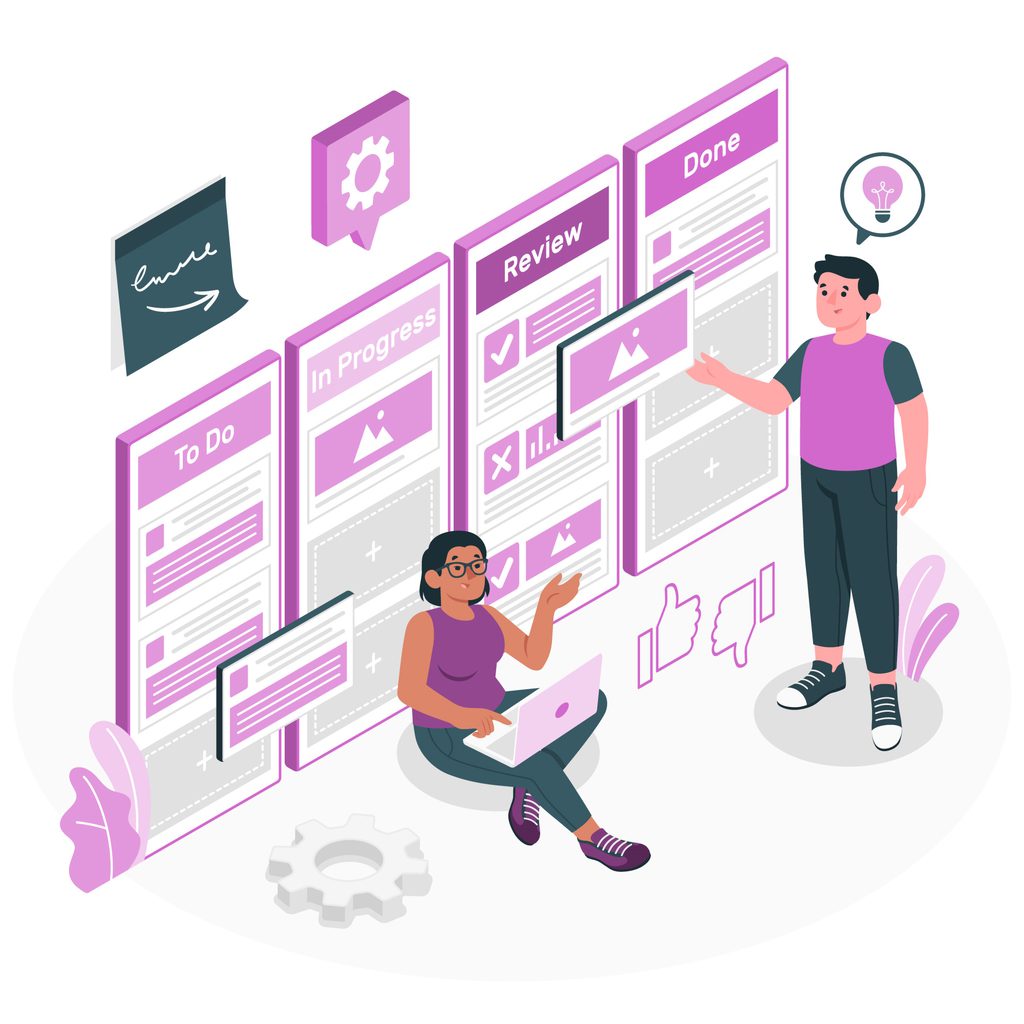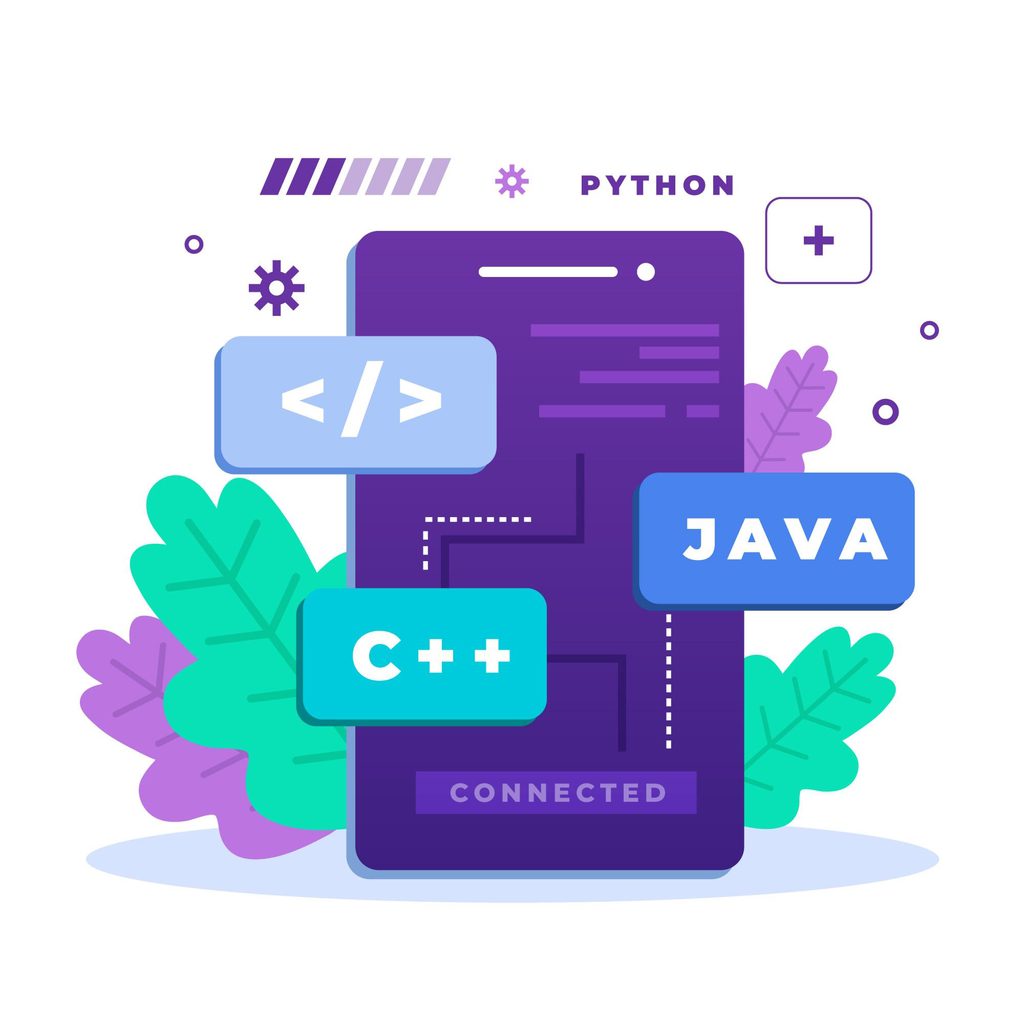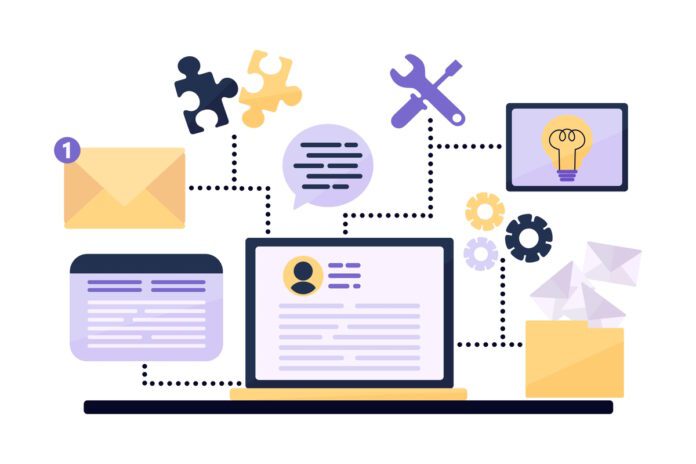Software development is a dynamic and multifaceted discipline that has become integral to modern life. From the applications on your smartphone to complex systems running global enterprises, software development drives innovation, efficiency, and connectivity. This comprehensive guide will explore what software development is, the methodologies used, the tools and technologies involved, and the future of the industry. Whether you’re a budding developer, a business professional, or simply curious about the field, this post aims to provide a detailed and insightful look into the world of software development.
Understanding Software Development
Definition of Software Development
Software development is the process of designing, coding, testing, and maintaining applications, frameworks, or other software components. It involves a series of steps and methodologies to ensure that software products are reliable, functional, and meet the needs of users.
Importance of Software Development
Software development is crucial for several reasons:
- Innovation: It drives technological advancements, enabling new products and services.
- Efficiency: Automates tasks and processes, improving productivity and reducing costs.
- Connectivity: Facilitates communication and data exchange across global networks.
- Customization: Allows for tailored solutions that meet specific business or personal needs.
The Software Development Lifecycle (SDLC)
The Software Development Lifecycle (SDLC) is a structured process used by software developers to design, develop, and test high-quality software. It consists of several phases, each with specific tasks and deliverables.
1. Planning
The planning phase involves defining the project’s scope, objectives, and feasibility. This includes:
- Requirement Analysis: Understanding and documenting the software requirements.
- Feasibility Study: Assessing technical, operational, and financial feasibility.
- Project Planning: Creating a project plan with timelines, resources, and milestones.
2. Design
The design phase focuses on creating the architecture and design of the software. This includes:
- System Design: Defining the overall system architecture.
- Database Design: Planning the database structure and relationships.
- User Interface Design: Designing the layout and navigation of the user interface.
3. Development
The development phase involves writing the actual code for the software. This includes:
- Coding: Translating design documents into executable code.
- Unit Testing: Testing individual components for functionality.
4. Testing
The testing phase involves verifying that the software works as intended and is free of defects. This includes:
- Integration Testing: Testing combined components for interactions.
- System Testing: Testing the complete system for compliance with requirements.
- User Acceptance Testing (UAT): Ensuring the software meets user expectations.
5. Deployment
The deployment phase involves releasing the software to users. This includes:
- Installation: Setting up the software in the production environment.
- Configuration: Adjusting settings and configurations for optimal performance.
- User Training: Providing training and documentation to users.
6. Maintenance
The maintenance phase involves ongoing support and updates to the software. This includes:
- Bug Fixes: Correcting defects and issues.
- Updates: Adding new features and enhancements.
- Performance Tuning: Optimizing performance and scalability.

Software Development Methodologies
Various methodologies guide the software development process, each with its approach to planning, executing, and managing projects.
1. Waterfall Model
The Waterfall model is a linear and sequential approach where each phase must be completed before the next begins. It is straightforward but inflexible to changes once the project is underway.
Advantages:
- Simple and easy to understand.
- Clear milestones and deliverables.
Disadvantages:
- Inflexible to changes.
- Late discovery of issues and defects.
2. Agile Methodology
Agile is an iterative and incremental approach that emphasizes flexibility, collaboration, and customer feedback. It involves developing software in small, manageable increments called sprints.
Advantages:
- High flexibility and adaptability.
- Continuous feedback and improvement.
Disadvantages:
- Requires close collaboration and communication.
- Can be challenging to manage for large projects.
3. Scrum
Scrum is a subset of Agile that focuses on delivering products in short cycles called sprints. It involves defined roles, ceremonies, and artifacts to manage the development process.
Advantages:
- Promotes team collaboration and transparency.
- Delivers usable software quickly and frequently.
Disadvantages:
- Requires a high level of commitment and discipline.
- Can be challenging to scale for larger projects.
4. DevOps
DevOps is a methodology that combines development and operations to improve collaboration and efficiency. It emphasizes automation, continuous integration, and continuous delivery (CI/CD).
Advantages:
- Faster delivery and deployment.
- Improved collaboration and communication.
Disadvantages:
- Requires cultural change and alignment.
- Can be complex to implement and manage.
Tools and Technologies in Software Development
Software development relies on a variety of tools and technologies to streamline processes, improve efficiency, and enhance collaboration.
1. Integrated Development Environments (IDEs)
IDEs provide a comprehensive environment for writing, testing, and debugging code. Popular IDEs include:
- Visual Studio Code: A lightweight, powerful IDE from Microsoft.
- Eclipse: An open-source IDE widely used for Java development.
- IntelliJ IDEA: A robust IDE from JetBrains, popular for Java and other languages.
2. Version Control Systems (VCS)
VCS are essential for tracking changes, collaborating with team members, and managing code versions. Popular VCS include:
- Git: A distributed VCS that allows multiple developers to work on the same codebase.
- Subversion (SVN): A centralized VCS that manages changes and versions.
Example:
# Initialize a new Git repositorygit init# Clone an existing repositorygit clone https://u2m.io/eq8pWn7W# Commit changesgit commit -m "Initial commit"
3. Continuous Integration/Continuous Delivery (CI/CD) Tools
CI/CD tools automate the process of integrating code changes, testing, and deploying applications. Popular CI/CD tools include:
- Jenkins: An open-source automation server for CI/CD.
- GitLab CI: A built-in CI/CD tool in GitLab for managing code and pipelines.
- CircleCI: A CI/CD tool that integrates with GitHub and Bitbucket.
4. Project Management Tools
Project management tools help teams plan, track, and manage software development projects. Popular project management tools include:
- Jira: A powerful tool for Agile project management and issue tracking.
- Trello: A visual project management tool using boards, lists, and cards.
- Asana: A collaborative tool for task and project management.
5. Collaboration Tools
Collaboration tools facilitate communication and teamwork among development teams. Popular collaboration tools include:
- Slack: A messaging platform for team communication and collaboration.
- Microsoft Teams: A collaboration tool that integrates with Microsoft Office 365.
- Zoom: A video conferencing tool for remote meetings and collaboration.

Programming Languages in Software Development
Choosing the right programming language is crucial for the success of a software development project. Different languages are suited to different tasks and platforms.
1. JavaScript
JavaScript is a versatile language primarily used for web development. It allows developers to create dynamic and interactive web applications.
Popular Frameworks:
- React: A JavaScript library for building user interfaces.
- Angular: A framework for building web applications.
- Vue.js: A progressive framework for building user interfaces.
2. Python
Python is a high-level, interpreted language known for its readability and versatility. It is widely used in web development, data analysis, artificial intelligence, and scientific computing.
Popular Frameworks:
- Django: A high-level web framework for building robust web applications.
- Flask: A micro web framework for building lightweight web applications.
- Pandas: A library for data manipulation and analysis.
3. Java
Java is a robust, object-oriented language commonly used in enterprise-level applications, Android development, and large-scale systems.
Popular Frameworks:
- Spring: A framework for building enterprise applications.
- Hibernate: An ORM framework for database interactions.
- Android SDK: A toolkit for building Android applications.
4. C
C# is a language developed by Microsoft, widely used in developing Windows applications, web applications, and game development with Unity.
Popular Frameworks:
- .NET: A framework for building Windows and web applications.
- ASP.NET: A framework for building dynamic web applications.
- Unity: A game development engine.
The Future of Software Development
The software development industry is continuously evolving, driven by technological advancements and changing user needs. Several trends are shaping the future of software development.
1. Artificial Intelligence and Machine Learning
AI and machine learning are transforming software development by enabling intelligent and adaptive applications. These technologies are being used for predictive analytics, natural language processing, image recognition, and more.
Applications:
- Chatbots: AI-powered chatbots provide customer support and automate tasks.
- Recommendation Systems: Machine learning algorithms personalize recommendations for users.
2. Cloud Computing
Cloud computing is revolutionizing how software is developed, deployed, and managed. It offers scalable resources, cost savings, and flexibility.
Popular Cloud Platforms:
- Amazon Web Services (AWS): A comprehensive cloud platform offering a wide range of services.
- Microsoft Azure: A cloud platform with integrated tools and services for building applications.
- Google Cloud Platform (GCP): A cloud platform offering computing, storage, and machine learning services.
3. DevOps
DevOps practices are becoming increasingly important in software development, emphasizing collaboration, automation, and continuous delivery.
Key Practices:
- Infrastructure as Code (IaC): Managing infrastructure through code and automation.
- Continuous Monitoring: Monitoring applications and infrastructure in real-time.
4. Internet of Things (IoT)
IoT is driving the development of connected devices and smart applications. Software development for IoT involves creating applications that interact with sensors, devices, and networks.
Applications:
- Smart Homes: IoT-enabled devices for home automation.
- Wearables: Devices that monitor health and fitness metrics.
Conclusion
Software development is a dynamic and ever-evolving field that plays a critical role in shaping the modern world. From planning and design to development and deployment, the process involves various methodologies, tools, and technologies. As the industry continues to evolve, staying informed about the latest trends and best practices is essential for success. Whether you’re a developer, a business professional, or simply interested in the field, understanding software development is crucial for navigating the digital landscape.
Useful Links
By exploring the depths of software development and understanding its processes, methodologies, and tools, you can appreciate its transformative potential and navigate the challenges it presents. Stay tuned for more in-depth articles and updates on the latest trends and advancements in software development.



